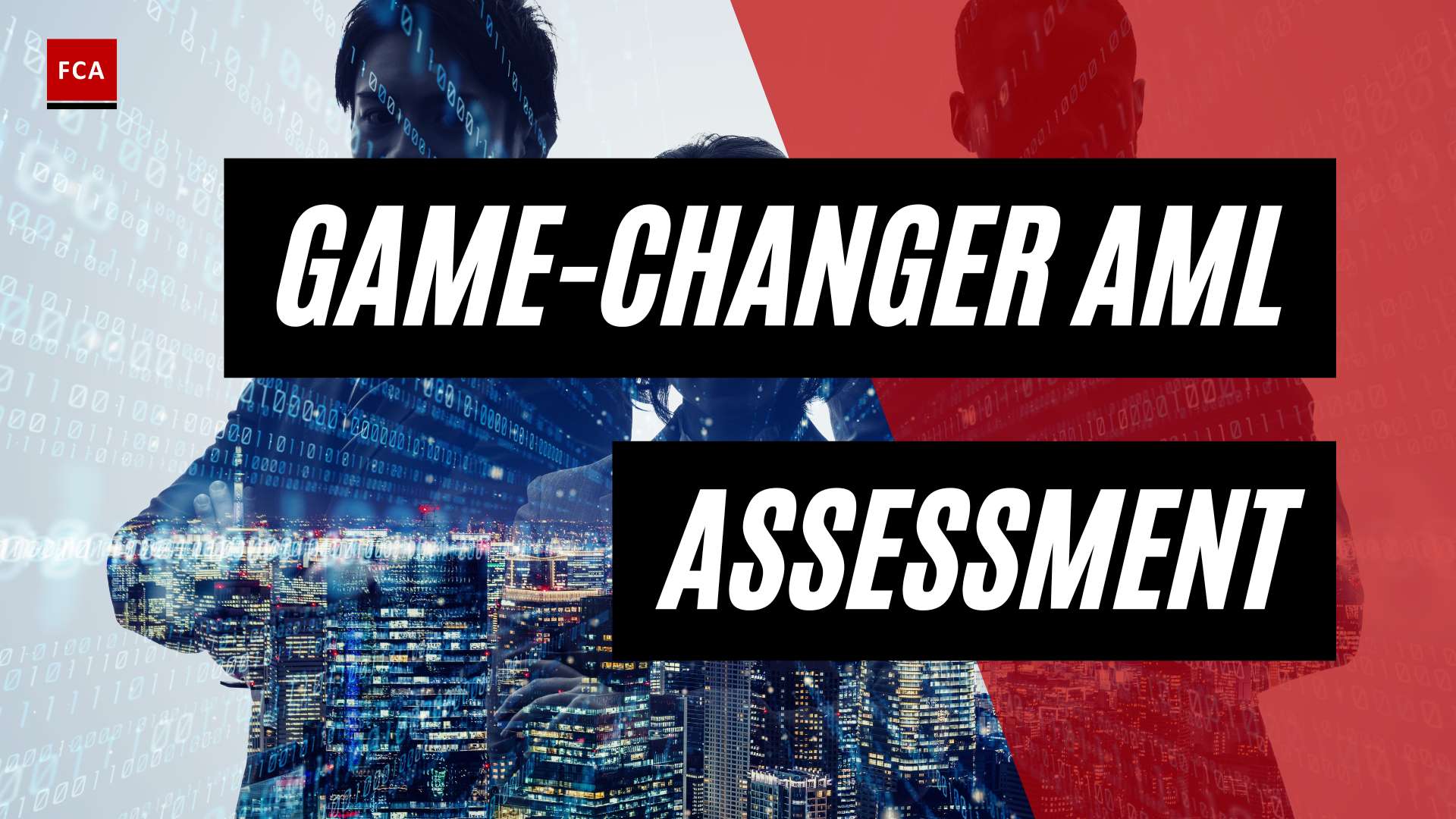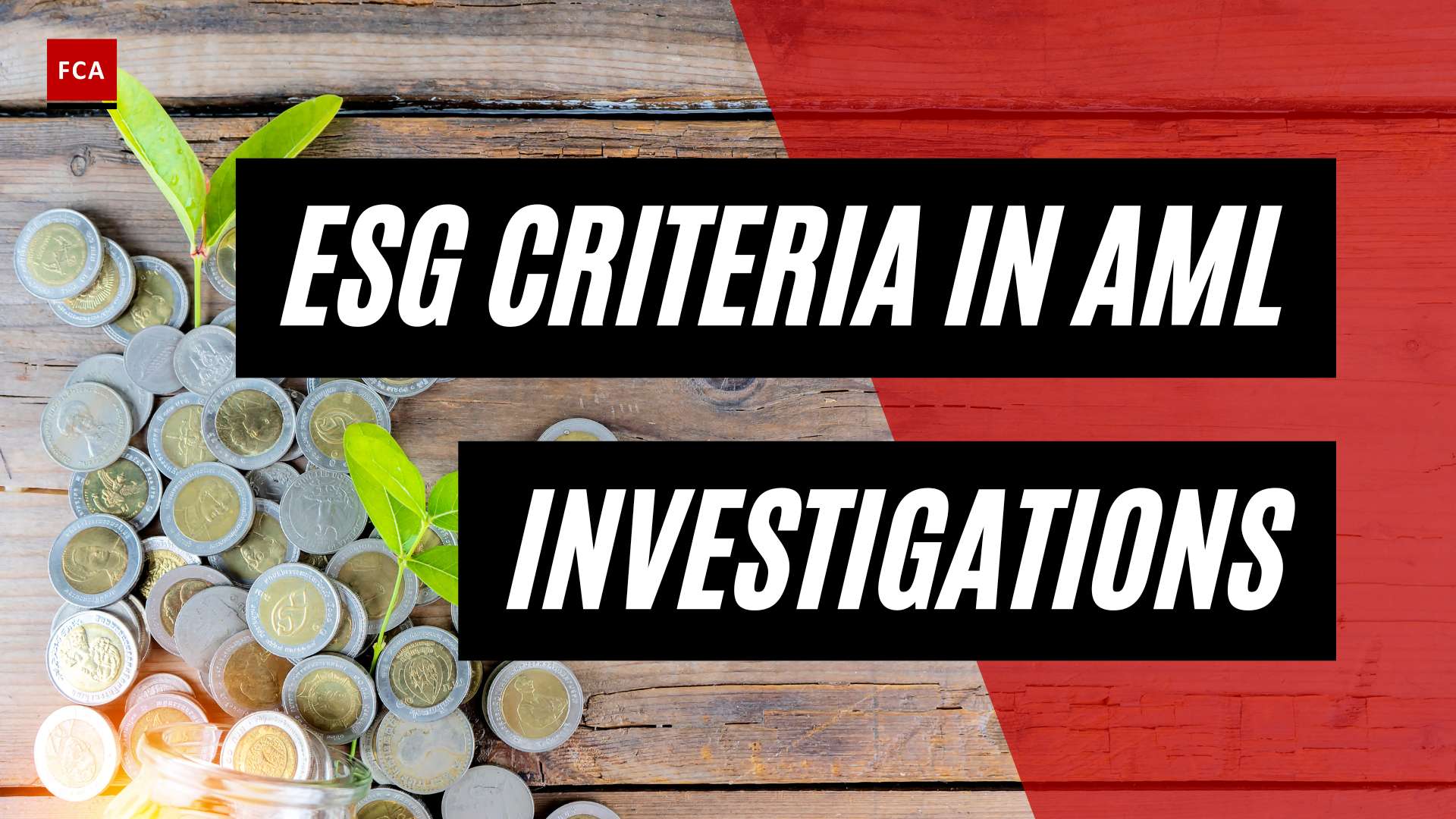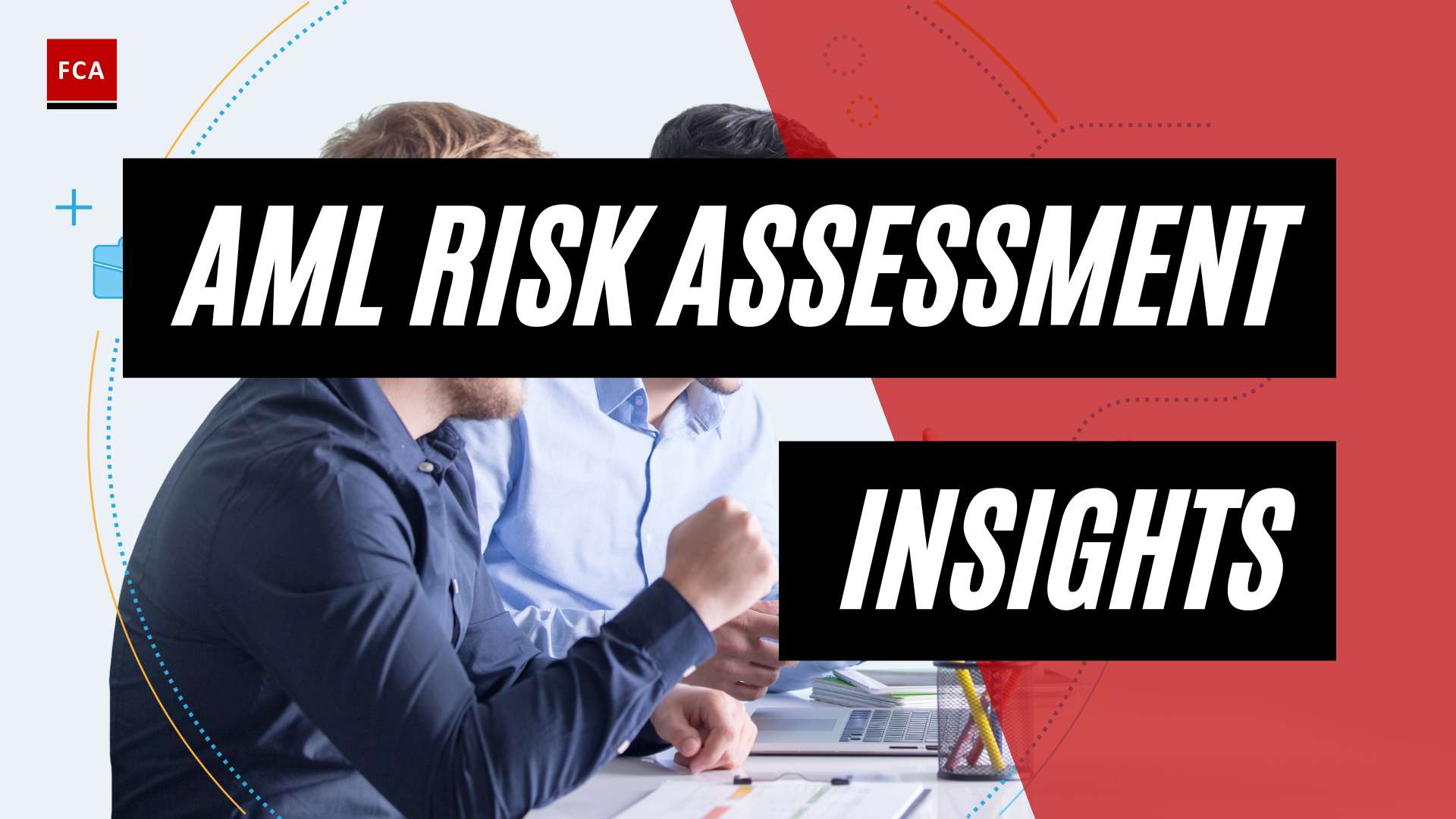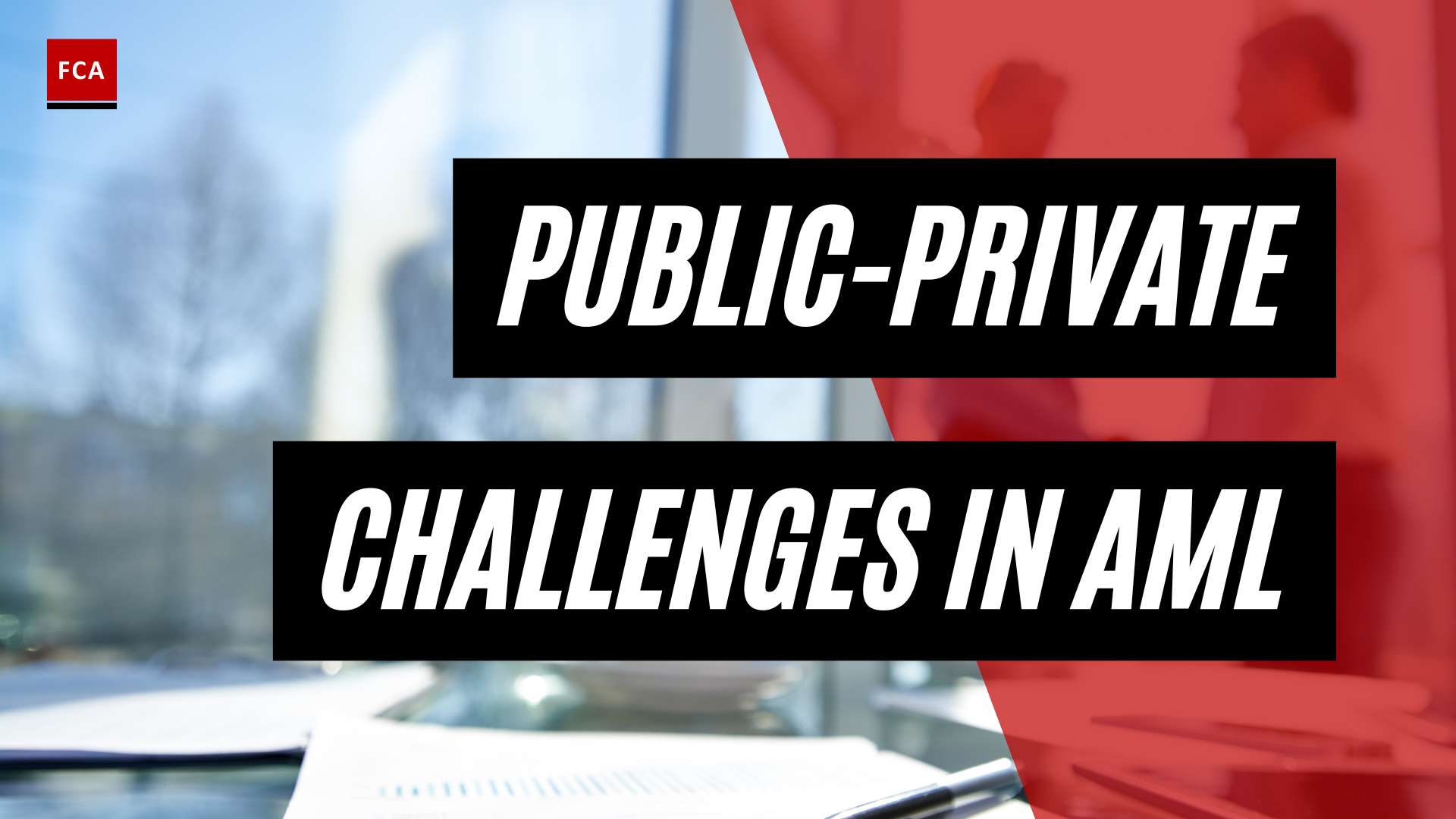Understanding AML Compliance
Given the increasing global emphasis on combating financial crime, understanding Anti-Money Laundering (AML) compliance is critical for professionals working in compliance, risk management, and related fields. This section will delve into the importance of AML compliance and its key components.
The Importance of AML Compliance
Financial institutions worldwide must develop and implement AML compliance programs to counter financial crime and demonstrate compliance with various regulatory bodies. These programs play a significant role in the fight against money laundering.
An AML compliance program aims to detect and report suspicious money-laundering activities such as tax evasion, fraud, and terrorist financing to authorities. This underscores the effectiveness of internal detection systems and controls, as well as the risks posed by customers with whom the institution does business.
AML compliance programs are crucial in today’s financial landscape. They help combat money laundering and financial crimes, making them a top priority for regulatory bodies and financial institutions worldwide (PayLynxs).
Key Components of AML Compliance
A comprehensive AML compliance framework is essential for preventing and mitigating the risks associated with money laundering and other financial crimes, thereby ensuring the integrity of the financial system.
Key components of an AML compliance program include:
- Detection of Suspicious Activities: Robust systems for identifying and reporting potential money laundering activities.
- Comprehensive Policies and Procedures: Clear guidelines that outline the institution’s approach to AML compliance.
- Risk Assessments: Regular evaluations to identify, assess, and mitigate money laundering risks.
- Know Your Customer (KYC) Programs: Comprehensive procedures for verifying the identity of customers and assessing their risk profiles.
- Independent Audits: Regular reviews conducted by third-party organizations to ensure compliance with AML regulations.
- Continuous Monitoring and Testing: Ongoing assessments to measure compliance and update trends regularly.
- AML Training: Regular training for employees to enhance their understanding of AML regulations and their role in ensuring compliance.
Financial institutions should carry out independent audits of their AML compliance programs, with testing mandated every 12-18 months by third-party organizations, and more frequently for institutions operating in high-risk areas (Flagright).
An effective AML compliance program should undergo continuous monitoring and testing, generating data to measure compliance and update trends regularly.
Finally, watchlist scanning against the US Treasury’s OFAC list can enhance AML compliance efforts by effectively screening clients, customers, vendors, or partners (PayLynxs).
By understanding the key components of an AML compliance program, institutions can establish a strong defense against illicit activities, safeguarding themselves from the risks of money laundering and terrorist financing (PayLynxs).
Building an AML Compliance Framework
Constructing an effective AML compliance framework is a critical process in any organization, particularly those within the financial industry. This section will delve into the role of technology in enhancing AML compliance and discuss the challenges faced when implementing an AML compliance framework.
Role of Technology in AML Compliance
Technology is playing an increasingly pivotal role in enhancing AML compliance efforts globally, as it allows financial institutions to automate and streamline compliance processes, efficiently monitor transactions, and conduct enhanced due diligence on customers to detect and prevent financial crimes (Tookitaki).
In particular, the use of Artificial Intelligence (AI) and Machine Learning (ML) in the realm of AML compliance has become essential. These technologies help financial institutions increase the accuracy of identifying suspicious activities, reduce instances of false positives, and enhance the overall effectiveness of their compliance measures (Tookitaki).
Further, technology enables the deployment of risk-based approaches in AML/CTF efforts, allowing institutions to create dynamic risk profiles for customers and entities. This leads to a more accurate allocation of compliance resources and better protection against illicit activities.
Leveraging technology solutions such as AML compliance software can significantly bolster an organization’s AML compliance practices, enhancing regulatory reporting and mitigating risks associated with money laundering and terrorist financing activities (Tookitaki).
Challenges in Implementing AML Compliance
Despite the numerous benefits and advancements in technology, organizations face several challenges when implementing an AML compliance framework. These include:
- Regulatory complexity: The dynamic and complex nature of AML regulations requires frequent updates to compliance frameworks. Staying up-to-date with these regulatory changes is essential to maintain compliance.
- Data management: Handling large volumes of data is a significant challenge. This includes collecting, storing, analyzing, and reporting data in compliance with AML regulations.
- Resource allocation: Deploying an AML framework requires substantial resources, both in terms of manpower and financial investments. Balancing the cost and effectiveness of the compliance program can be challenging.
- Training and education: Keeping staff informed about the latest AML regulations and compliance practices is crucial. This requires ongoing AML compliance training and potentially acquiring AML compliance certifications.
- Technology integration: Integrating new technology solutions into existing systems can present initial teething issues. However, these are often outweighed by the long-term benefits of improved compliance and efficiency.
By gaining a thorough understanding of these challenges, organizations can better prepare and equip themselves to develop an effective and efficient AML compliance framework.
AML Compliance Checklist
The implementation of a robust AML compliance framework is crucial for financial institutions to both comply with regulations and combat money laundering effectively. The following checklist outlines key components of an AML compliance program.
Role of Compliance Officer
The compliance officer plays a critical role in an AML compliance program. They are responsible for overseeing the program’s implementation, ensuring it adheres to the institution’s AML policy, and keeping abreast of changes in AML regulations. The officer must also ensure regular audits are conducted to verify the effectiveness of the program. The compliance officer should be knowledgeable about the organization’s operations, AML laws, and regulations.
Development of Internal Controls
Developing strong internal controls is another crucial aspect of an effective AML compliance program. These controls include systems and procedures designed to detect and prevent money laundering. They involve customer due diligence, transaction monitoring, and reporting of suspicious activities. All these are key in detecting and preventing not only money laundering and terrorist financing but also fraud.
Financial institutions should also leverage anti-money laundering compliance software to automate these controls, enhancing their efficiency and effectiveness. For more details on customer due diligence, refer to our customer due diligence checklist.
Establishing a BSA Training Program
The Bank Secrecy Act (BSA) outlines the need for a training program as one of the five pillars of a successful AML compliance program. Regular training ensures that all employees understand their roles and responsibilities in implementing the AML compliance program. The training should cover the latest AML laws, regulations, and internal policy changes, along with case studies of compliance failures.
To ensure the training program’s effectiveness, it should be tailored to the roles and responsibilities of different teams within the organization. For example, customer-facing teams need training on identifying suspicious activity, while the compliance team requires in-depth knowledge of the latest regulatory changes. For more details on AML training, view our guide on aml compliance training.
In conclusion, developing an AML compliance checklist can help organizations effectively combat money laundering and fraud. However, it’s crucial to remember that this checklist is a part of a broader compliance program that should be continuously reviewed and updated to adapt to the ever-evolving regulatory landscape. Please refer to our aml compliance checklist for a comprehensive guide.
AML Compliance in Different Geographies
AML compliance rules and regulations can vary across different geographies. In this section, we’ll take a closer look at AML compliance in two major financial hubs: the United States and the United Kingdom.
AML Compliance in the United States
In the United States, AML compliance is mandated by several laws and regulatory bodies. The primary legislation governing AML activities is the Bank Secrecy Act (BSA), which requires financial institutions to assist government agencies in detecting and preventing money laundering.
An effective AML compliance program in the United States should include a comprehensive AML compliance checklist that covers the establishment of internal controls, designation of a compliance officer, ongoing employee training, and independent testing of the program.
Furthermore, with the advancement of technology, the role of software in AML compliance has become increasingly crucial. For instance, GitHub provides a method to automatically detect and enforce a specific version of Node.js or npm (Node package manager) through the npm ci command, ensuring compliance with the team’s AML requirements (GitHub. This is just one example of how technological solutions like AML compliance software could be employed to streamline and bolster AML efforts.
AML Compliance in the United Kingdom
In the United Kingdom, the Financial Conduct Authority (FCA) is one of the primary bodies orchestrating anti-money laundering (AML) efforts. Their AML framework forms the backbone of the country’s fight against financial crimes.
Compliance with the FCA’s AML framework is crucial as it protects the integrity of the financial system, helps avoid regulatory penalties, builds trust with customers and partners, and facilitates global operations. Non-compliance can result in monetary penalties, reputational damage, operational disruption, legal consequences, and loss of banking relationships for financial institutions.
Financial institutions can ensure compliance with the FCA’s AML framework by establishing a robust risk assessment process, implementing effective customer due diligence procedures, and regularly training staff on AML regulations and procedures. The FCA encourages the use of technology-driven KYC processes involving biometric authentication, facial recognition, and digital document verification to enhance the accuracy and efficiency of customer onboarding.
By understanding AML compliance in different geographies, businesses can better navigate the global financial landscape and ensure their operations remain in line with the necessary AML compliance requirements.
Case Studies in AML Compliance
The importance of a robust aml compliance program can best be understood through real-world examples. These case studies illustrate how a strong anti-money laundering framework can safeguard an organization, while also highlighting the severe consequences of non-compliance.
Successful AML Compliance Programs
Several organizations have successfully implemented AML compliance frameworks, demonstrating the effectiveness of such programs in mitigating the risks associated with money laundering and other financial crimes. These organizations prioritize AML compliance, leverage anti-money laundering compliance software, and stay vigilant against evolving threats. Such proactive measures allow these institutions to maintain public trust while protecting the stability and integrity of the financial system.
These successes underscore the importance of comprehensive AML compliance requirements that include elements such as a know your customer checklist, a customer due diligence checklist, and an anti-money laundering checklist. Proper training, as outlined in aml compliance training, and the attainment of relevant aml compliance certifications, are also key contributing factors to the success of these programs.
Consequences of AML Non-compliance
Non-compliance with AML regulations can result in severe consequences including substantial fines, significant reputational damage, operational disruption, legal repercussions, and the loss of banking relationships.
For instance, Capital One was fined $390 million for violations of the Bank Secrecy Act (BSA), and Westpac had to pay a fine of $1.3 billion for failing to report money laundering violations (Unit21). These examples illustrate the steep price organizations pay for non-compliance, further emphasizing the need for a robust AML compliance framework.
The trend of increasing regulatory enforcement is a reminder of the severe consequences of non-compliance with AML regulations. It is therefore crucial for financial institutions to prioritize AML compliance, implement effective AML programs, and stay abreast of evolving threats of financial crimes (Sanction Scanner).
By learning from these case studies, organizations can better understand the importance of a robust AML compliance framework in protecting themselves from the risks associated with money laundering and other financial crimes, and in upholding the stability and integrity of the financial system. For more guidance on building an effective AML compliance program, refer to our comprehensive aml compliance checklist.









